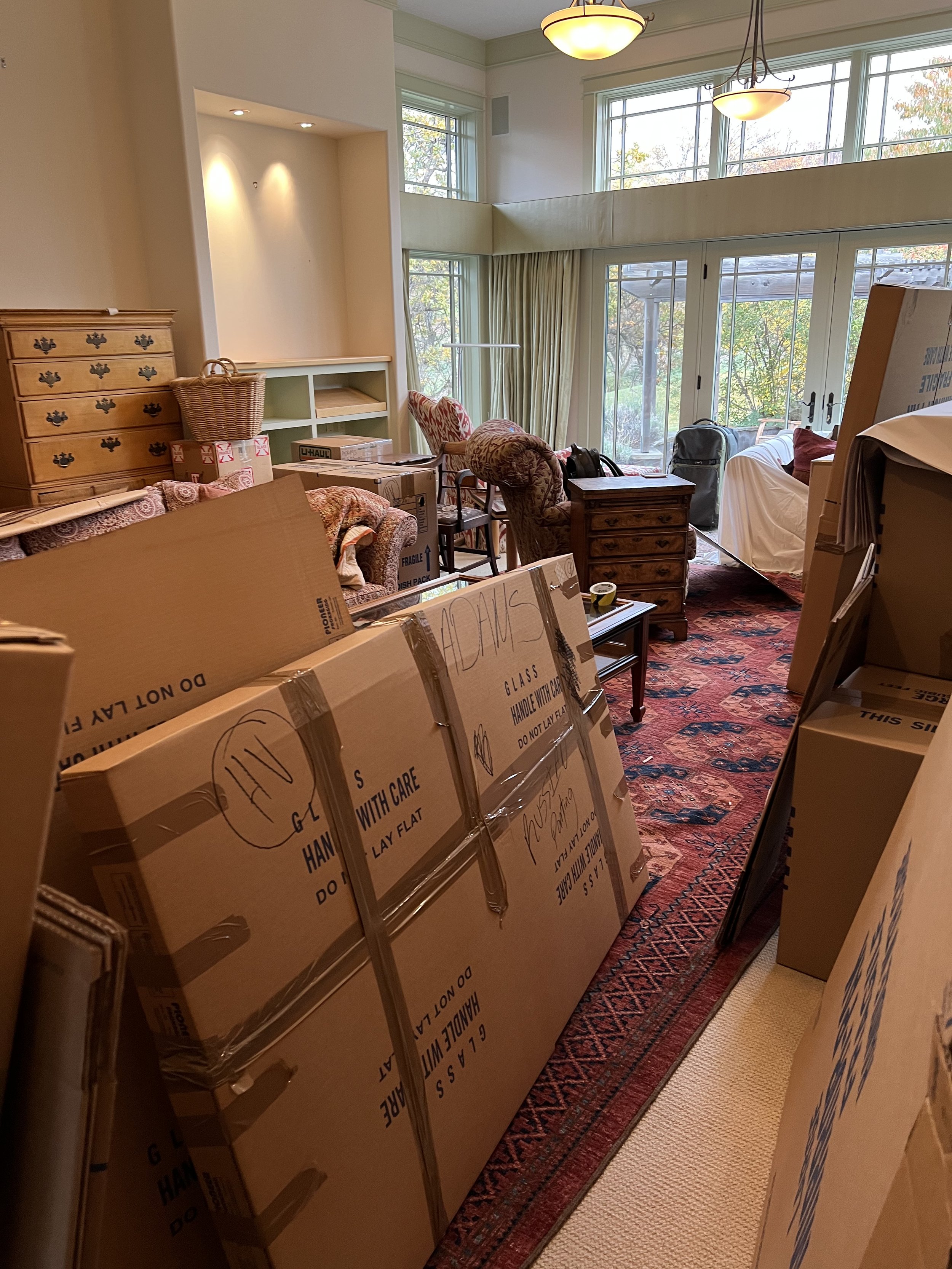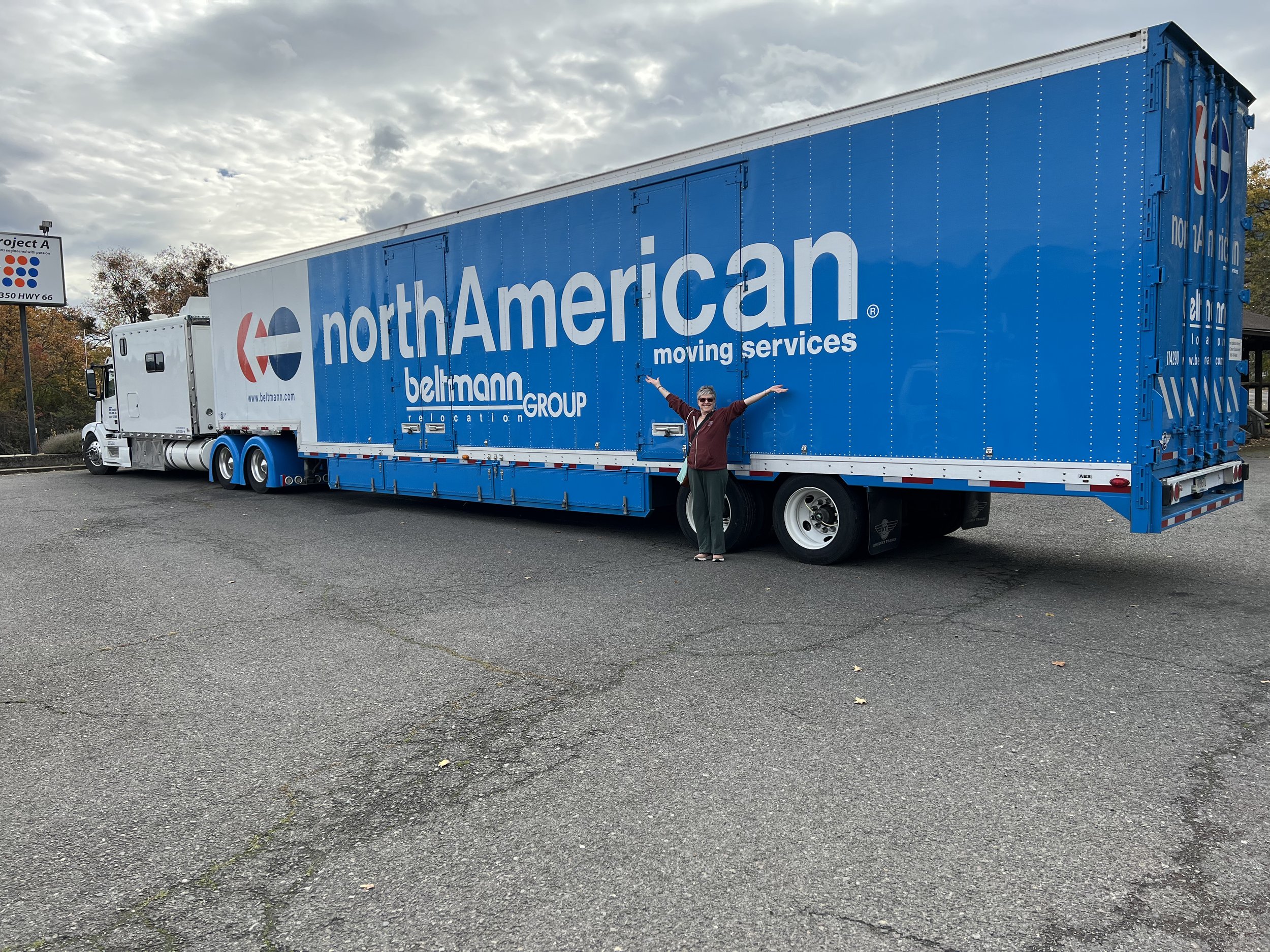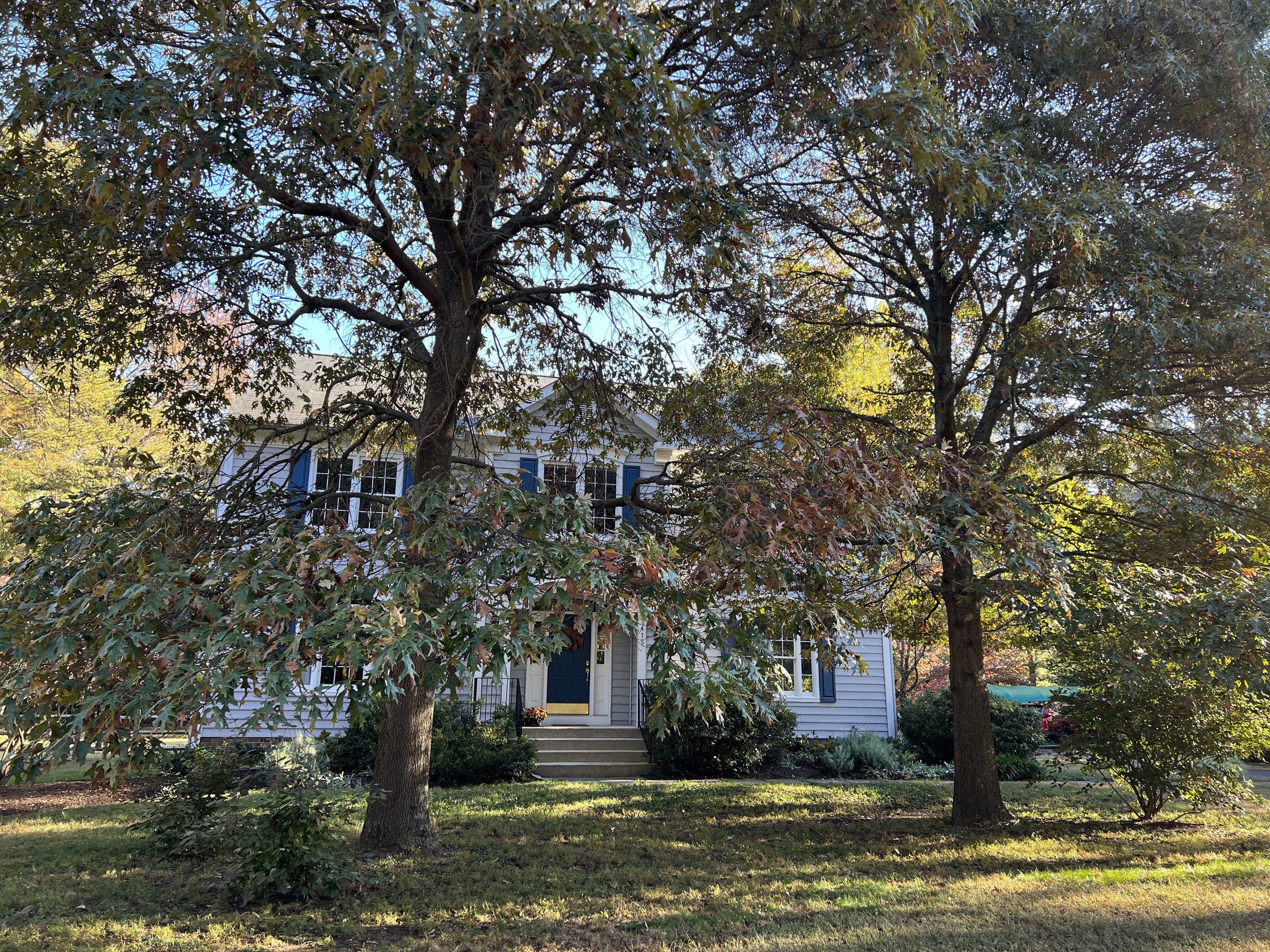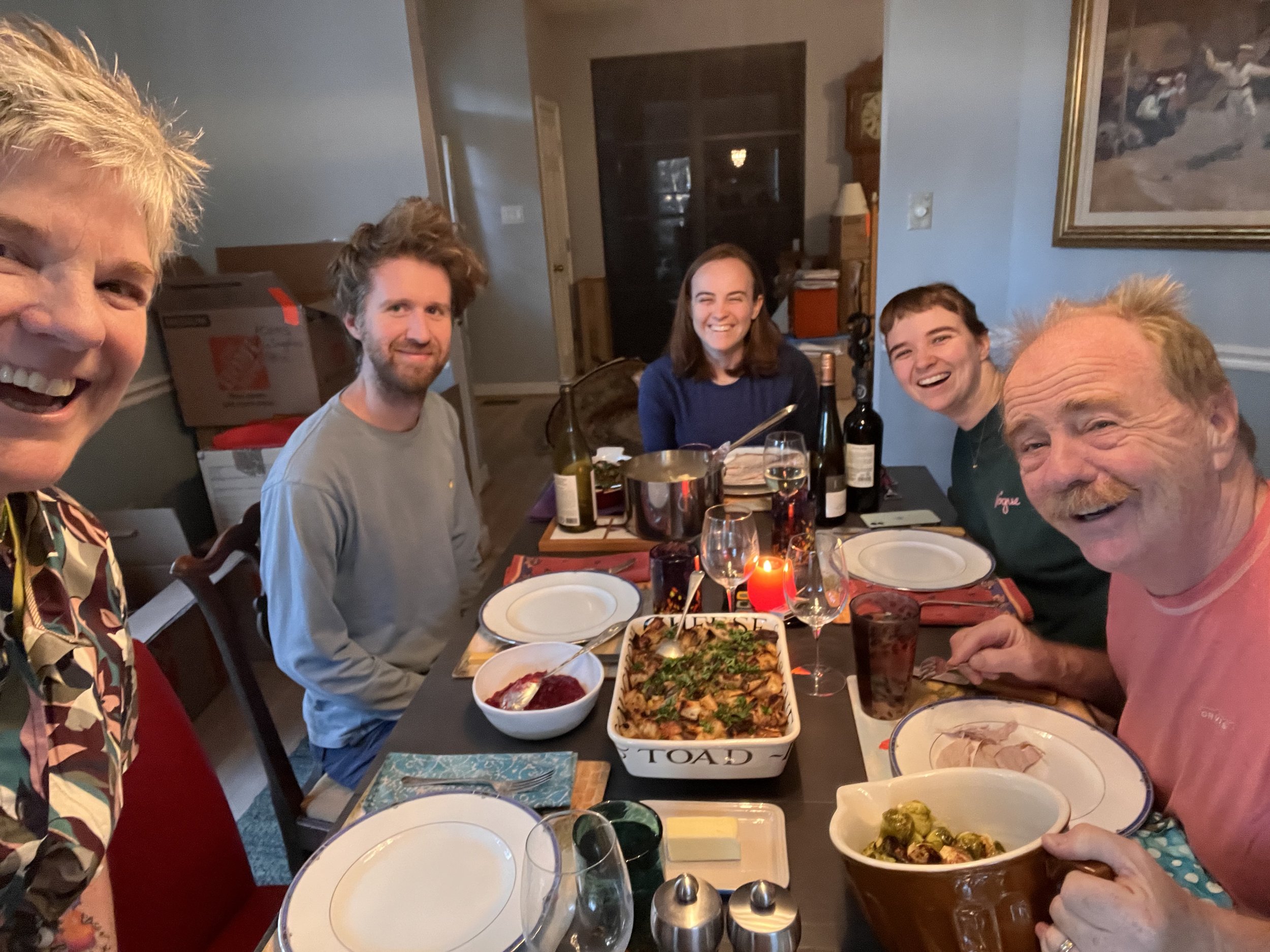Resilience: Let it be. Let it go. Let it in.
Cultivating resilience takes awareness, self-compassion, and action. Working with yourself to be flexible requires time and patience, with much exploring and experimenting at each stage. Be gentle with yourself and take heart. You got this!
Finding a new house across the country and buying it online before we sold our old house was a big deal for us. It didn’t help that my husband was also selling his business at the same time ... We have both registered ten out of ten on the stress-o-meter at times throughout the last six months.
Remaining present to all the moments that make up life each day has been challenging, especially when so much of what had been “automatic” is no longer so. Little things, like not being able to find the toaster or bed sheets, can build into frustration. Sometimes it feels like one long period of prolonged discomfort that will never end—yet I know it’s all worth it.
This kind of discomfort and disorientation becomes amplified during times of tragedy, such as when the Almeda fire ripped through Southern Oregon and thousands of people lost their homes, or when it occurs alongside the continued ups and downs of a pandemic. When my new hometown of Annapolis, Maryland, flooded just a month ago, businesses had to figure out how to recover and whether to re-open. Day-to-day discomfort can turn into chronic stress, which can be traumatic when we get so worn down we can’t think straight. Over time, our stress shows up as physical symptoms. For me, that feels like trouble breathing at times, and aches in my body as I adapt to climbing the three flights of stairs in our new house.
Mural by artist Benjamin Swatez. “Phoenix Rising from the Ashes” painting on a van which was burned by the Almeda fire in Phoenix, Oregon.
In his book Resilient, neuroscientist Rick Hanson talks about how, as humans, it’s important to look at life through the lens of safety, satisfaction, and connection. I love that he boils it down so simply. Am I safe? Am I satisfied? How connected do I feel? These questions help put things into perspective.
My most important takeaway from Resilient has been a simple mantra: Let it be. Let it go. Let it in.
Hanson writes, “Our only choice is how we meet our needs: from the green zone or the red zone, with an underlying sense of peace, contentment and love, or with a sense of fear, frustration, and hurt.
The responsive mode is our home base, a healthy equilibrium of body and mind. It’s the essence of well-being and the basis of sustained resilience. But we’re easily driven from the home and into the red zone. Then it’s easy to get stuck there due to the negativity bias and negative rumination, in a kind of chronic inner homelessness.”
It would be crazy for me to go to all the trouble of moving over 3,000 miles only to feel an inner homelessness. Hanson’s words really caught my attention!
Let it be. This speaks to me of acceptance. How can I avoid draining my energy by wanting things to be different? I know they are what they are. I would have, for instance, preferred to break down my move into smaller days and bring stuff into our new home in stages. Instead everything was unloaded all at once, during one long day, by six capable men who fit the boxes and furniture in as best they could.
Hanson recommends that we acknowledge and label our emotions as we experience them. I did in fact do this on moving day, noticing when I felt tense, worn out, excited, or confused. Because I was the main person directing where things went, I had to stay standing. Brené Brown recommends a similar approach to shame and I have found that it works. Name it and claim it!
The amazing crew of men who delivered all our stuff during one long day. I spoke my bad Spanish with all but one and by the end of the day the youngest mover was calling me “Tia,” which I appreciated as a sign of respect.
How people accept harsh realities fascinates me. There is power in telling the story, integrating it into the body, and connecting with others in the process. The telling of a story can be done in ways as mundane as the Christmas letter I just wrote with my family, or it can be more formally told, like the New York Times article featuring five Rogue Valley families who survived the Almeda fire.
Art and music can also help us express our stories too. Watch the video above produced by Inger Nova Jorgensen on her sculpture Inner Compass, which helped her process the pandemic, for a good example of telling a personal story through art. For me and my family, surrounding ourselves with art on the walls and taking lots of walks outside has helped us accept and let all the old and new things be. The many 27-minute naps and long baths I have taken have also been essential to letting go of physical tension.
Let it go. Hanson says here that it is important to not hang on to our reactions. Negative emotions do not help with well-being; science has proven this time and time again.
I have gotten better through this move at releasing my reactions along with the material stuff. Remembering that I can step back and try again when I stumble in my relationships helps me let go. I have had many “re-do’s” through this process. Most of the time I actually have a second chance to bring in grace, or apologize, or talk with a therapist about my reactions to what I’m thinking has gone wrong.
Letting go has meant keeping an open mind and letting go of what I thought I knew. Again, this comes up with the little things. Like I didn’t think I would like having a TV on the wall--turns out watching a TV on the wall feels like we are in our own movie theater and I love it!
It also comforts me to know that the material things I let go of will benefit others. After the fire we set up a “free store” in our garage, where families could come and take things they needed, which included a lot of kitchen items and extra furniture that had been my father’s. It felt good to re-home all that stuff by giving it to people in my community who really needed it.
I’m also letting go of some of the family responsibilities I used to have. This year I asked my daughters to lead us in sharing gratitude at the Thanksgiving table. They came up with the questions we answered around the table instead of me forcing them (and their boyfriends) to push past any superficiality of the holiday. The outcome was beautiful and meaningful, and best of all, I didn’t try to control it. YAY.
Lastly, Hanson encourages us to Let it in. He encourages us to tune “into a sense of determination and capability inside.” Yes, yes, and yes. He says to notice our gratitude for the little things like the colors of the leaves, or the feeling of a hug, or the taste of our morning coffee. Living moments through our senses helps us to respond instead of react, and to cultivate positive emotions.
I completely agree with Hanson; it is worth cultivating resilience and well-being. “As you grow inner strengths such as compassion and courage, you develop resilient well-being. This gives you more that you can give to others, and then they have more to give you, in a beautiful upward spiral.” Reciprocity and resilience allow me to feel HOME wherever I am. I am home!












